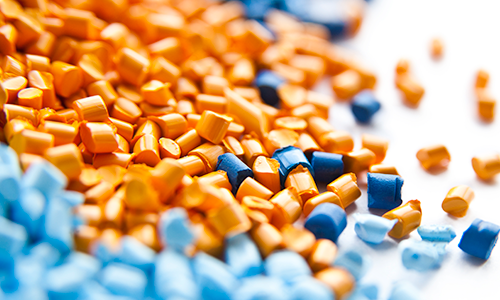Material Analysis of Composites
We expect a lot from our composites: rocket materials need to endure the heat of takeoff, wind turbines must withstand high wind gusts, and sneakers are expected to be durable and supportive on long runs. How do experts develop composites tailored to such specific uses and verify their properties?













